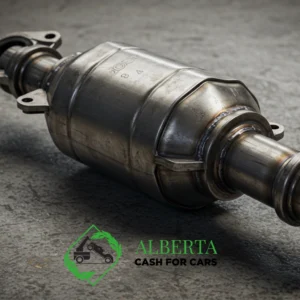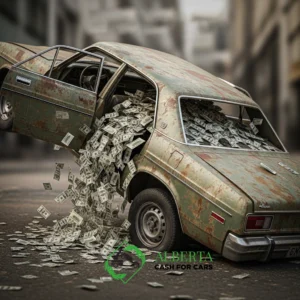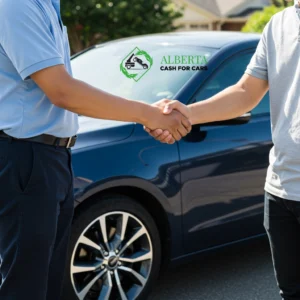When an aging and damaged car has reached the point where repairs no longer make financial sense, many owners choose to scrap the vehicle. While not an easy decision emotionally, responsibly scrapping a junk car can help recoup some money during its final days. Follow these steps of Cash for Scrp cars Calgary to navigate the end-of-life process smoothly when the time comes to junk your car.
No Hassle, Just Cash — Book Your Free Pickup or Quote Today!
Evaluation and Decision-Making
Before embarking on the process of scrapping a car, vehicle owners must assess the overall condition of their cars. Age, mileage, and damage are critical factors influencing the decision to scrap. Simultaneously, being aware of local regulations regarding end-of-life vehicles is imperative, ensuring the process aligns with legal requirements.
Explaining The Process of Scrapping a Car
There are some steps to beginning the process of scrapping a car if you are planning to scrap your vehicle.
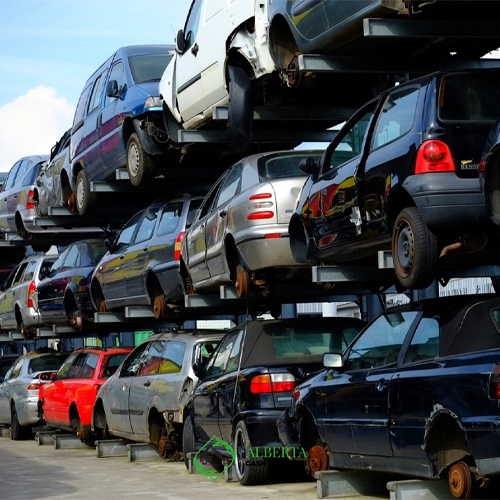
Finding the Right Scrap Yard
Do some research to find reputable scrap and junkyards in your area that accept old cars. Getting multiple quotes is wise to compare offers and maximize the amount you recoup. Larger yards with scrap metal recycling tend to provide higher bids based on current market rates. Ask potential buyers:
- What is your quote per ton for scrap vehicles in this condition?
- How and when is payment handled?
- Do you tow vehicles for free or for a fee?
- What percentage of vehicles are recycled vs. sent to landfills?
Choose a yard with fair, competitive pricing, reliable towing, and environmentally responsible recycling practices. Check customer reviews as well to avoid fly-by-night operations. A professional, transparent junkyard makes the process smooth.
Compiling Necessary Documentation
Several administrative tasks must be completed to legally transfer ownership and liability for the process of scrapping a car:
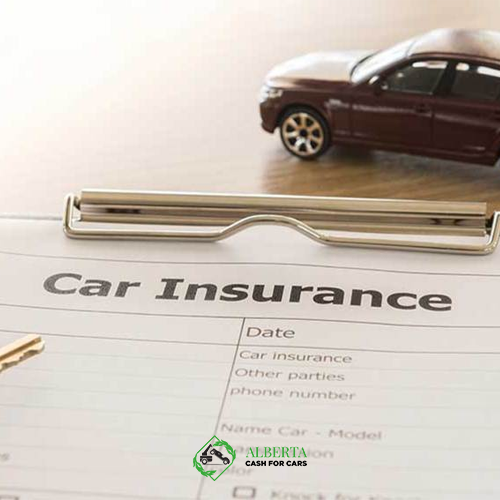
- Locate the title with the registered owner(s) names. All parties must sign their interest over to the junkyard receiving the car.
- Notify your insurance company ahead of time and cancel coverage effective on the scrapping date. Remove the car from the policy.
- Contact your state DMV to cancel vehicle registration, which is required for scrapped vehicles. This also officially takes the license plates off the car.
- If you have an outstanding auto loan, request a lien release from the financer showing their interest is terminated.
- Have a valid ID matching the names of registered owners ready to show the yard for identity verification.
Completing this paperwork trail protects you from legal and financial risks associated with a car you no longer own.
Arranging Transport to the Scrap Yard
For this step of process of scrapping a car, Junkyards either offer free towing or allow you to arrange drop-off or towing yourself. Choose whatever option works best logistically and financially for you. If towing yourself:
- Research tow truck companies and rates for hauling disabled vehicles.
- Schedule a pickup date and time that works for both parties.
- Inform the yard of your expected delivery date/time so staff is available.
For liability reasons, scrap yards usually require vehicles to be delivered only during business hours, not after hours or on weekends. factor this into your schedule.
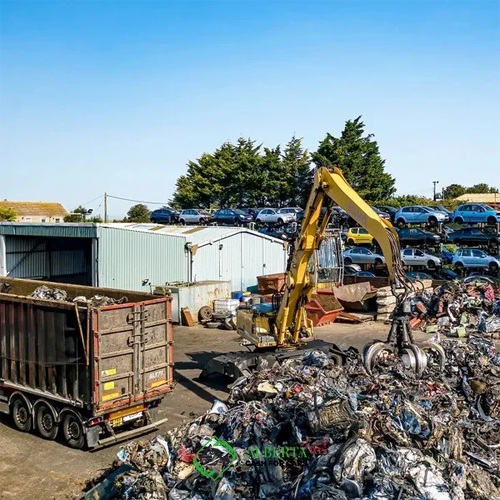
Prepping the Car for Scrapping
Once towing is arranged, prepare the car to relinquish possession:
- Remove all personal contents like insurance papers, toll transponders, owner’s manuals, etc. Also take floor mats, speakers, or other parts you installed.
- If allowed in your state, physically remove the license plates yourself and retain them. This prevents reassignment.
- Cancel any affiliated memberships for things like roadside assistance that are tied to the car.
- Ensure no personal electronics or connected devices remain that could have payment info, contacts, etc.
- Take photos of the car before scrapping for your memories and records.
An empty car minimizes the risk of personal information theft and helps provide closure.
Dismantling and Salvage
The phase of dismantling and salvage is a critical juncture in the process of scrapping car, representing the intricate art of identifying reusable components and recyclable materials. Highly skilled technicians meticulously disassemble the vehicle, assessing each part for potential salvage. Tires, wheels, and certain mechanical elements that remain in good condition are earmarked for reuse. This step aligns with the principles of circular economy, ensuring that components with remaining utility are given a second life, reducing the demand for new manufacturing. Simultaneously, specialized tools and processes segregate materials like glass, plastics, and metals, laying the foundation for the subsequent recycling stages. This careful disassembly not only maximizes resource recovery but also minimizes the environmental impact of discarded vehicles.
Shredding and Metal Recovery in Process of Scrapping Car
Following the meticulous dismantling process, the vehicle enters the shredding phase, a mechanical ballet where sophisticated equipment transforms it into smaller, more manageable fragments. The shredded material undergoes a series of process of scrapping a car designed to recover both ferrous and non-ferrous metals. Powerful magnets separate ferrous metals like steel, while advanced separation technologies meticulously extract non-ferrous metals such as aluminum and copper. This stage is crucial in the recycling loop, significantly reducing the need for fresh mining and raw material extraction. The shredded remnants become a valuable resource for various industries, contributing to the conservation of natural resources. Advanced shredding and metal recovery techniques are at the forefront of sustainable practices in the automotive scrapping industry.
Read Also: Car Crushing Machines | Everything You Need to Know About
The final steps when delivering your car for scrap
Once you make a deal with a junkyard you need to do some paperwork to make it a done deal.

- Show your photo ID and sign over the vehicle title to the junkyard, transferring ownership definitively.
- Complete any additional junkyard paperwork detailing your information, the vehicles, and terms.
- Keep the receipt they provide for your tax and personal records.
- Hand over the keys, confirming the junkyard now takes full possession.
- Allow staff to inspect the car and determine the final scrap value.
Once you relinquish the keys and sign over the title, the car is out of your hands. Staff will evaluate its tonnage and condition to finalize payment.
Receiving Compensation from Scrapping
Junkyards assess scrapped cars based on weight and wholesale scrap prices for metal, aluminum, etc. The more it weighs, the more they’ll pay per ton. Additional factors like part resale value, condition, and metal content impact final quotes.
Payment is usually provided immediately upon receipt of the car, either in cash or by business check. Make sure to get proper documentation of payment for your tax records. Higher quotes offset more of the inconvenience of scrapping.

Finalizing Administrative Tasks
After the process of scrapping a car, wrap up the remaining bureaucracy:
- Submit DMV paperwork to report the car as officially scrapped. This cancels registration.
- Notify your insurance company the car is off the road to cancel coverage.
- Remove the vehicle from any affiliated memberships, toll programs, etc. that bill for usage.
- Save junkyard paperwork for potential tax deductions when claiming capital losses.
Completing obligations tied to the car protects you from headaches down the road.
Considering Environmental Impact
Choose a yard committed to responsibly recycling old vehicles, not just dumping cars in landfills where they leak toxins. Inquire about their specific disposal practices. Vehicles left sitting can also drip contaminants into soil and groundwater over time.
Ideally, at least 70% of the car’s material should be recycled through shredding, metal separation, and reuse. Catalytic converters, batteries, tires, fluids, plastics, glass, and more can be recycled if properly handled. An eco-friendly yard minimizes environmental impact when scrapping.
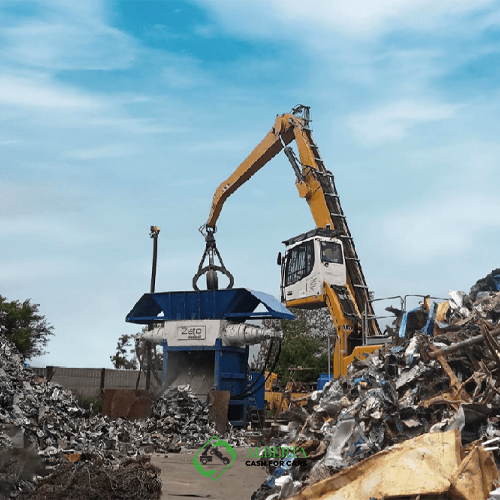
Coping with the Emotional Difficulty of Scrapping
For many owners, having to scrap a car you’ve cared for and relied on for years brings sadness and loss. It represents the closing of a chapter. Mourning this transition is normal.
Focus on the positive benefits like shedding repair expenses and safety risks. Take a photo, mirror ornament, or other memento to memorialize good memories before the car is crushed. And you maximized its full lifespan before making the tough but practical decision to scrap it.
What vehicle scrapping is?
Automobile recycling or car dismantling are other terms for the full process of vehicle scrapping, which is based on the methodical disassembly of end-of-life vehicles (ELVs). Scrapping a car is necessary when it is beyond its useful life or becomes irreparable because of damage, obsolescence, or other issues. The process of scrapping vehicles entails disassembling cars carefully to salvage valuable parts and materials and to make sure that hazardous waste is disposed of responsibly.
The de-pollution process, a crucial first step, lies at the core of car scrapping activities. By strict environmental laws, fluids such as brake fluid, coolant, and oil are systematically drained and disposed of during this phase. By taking great care, dangerous materials are handled safely, avoiding environmental pollution. After the vehicle has been cleaned and decontaminated, it is methodically disassembled, with each part carefully marked out for processing.
Older cars wind up at scrap yards, where their metal content makes them desirable in addition to being useful as complete vehicles. Steel and other non-ferrous metals like copper and aluminum make up a sizable portion of the mass of a destroyed car. Because they are so important to the preservation of natural resources, these specific metals are highly sought after for recycling. The automobile industry contributes significantly to the promotion of sustainable waste management techniques when it recycles metals via the disassembly of obsolete cars. This lessens the impact that mining and the energy-intensive industrial processes typically required to produce new metal goods have on the environment.
Additionally, plastics and rubber components from the scrapping vehicle process, such as bumpers and tires, are recycled to be utilized in various industries. This dual-pronged approach not only reduces the environmental footprint but also exemplifies the circular economy in action, where materials are recycled and repurposed instead of being discarded.
Beyond material recovery, scrapping vehicles involves the dismantling of components that remain functional, such as engines, transmissions, and electronic parts. These salvaged components may undergo refurbishment and subsequently be sold as used parts, extending their lifespan and lessening the demand for newly manufactured replacements. In essence, scrapping vehicles encapsulates not only the responsible disposal of irreparable automobiles but also the extraction of value from their constituent parts.
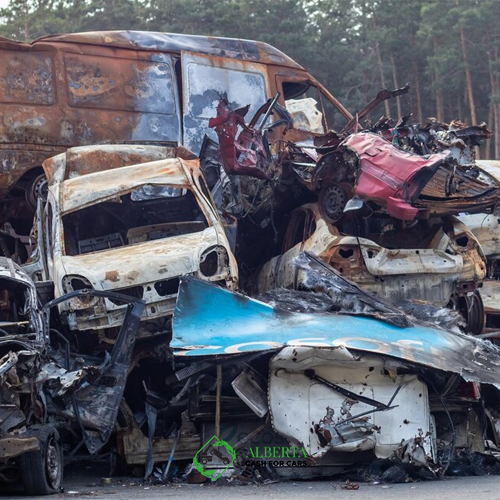
Essentially, the car industry’s approach to vehicle disposal is an essential component of sustainable resource management. It provides a comprehensive plan for managing car life cycles, including material recycling, waste minimization, and adherence to environmental regulations. The automobile industry actively advocates a more ecologically responsible and sustainable approach to dealing with autos’ end-of-life phase, which involves destroying vehicles.
Conclusion
Proper research, documentation, and emotional preparation can help achieve closure when scrapping a car. This protocol ensures legal and financial protection while responsibly letting go of an old companion. Scrapping a junk car can be challenging, but it will relieve you of ongoing problems and can earn you some money in its final days. If you live in Calgary or the surrounding areas and are in need of a reliable car scrapping company, feel free to contact us for a free quote on the process of scrapping a car.



